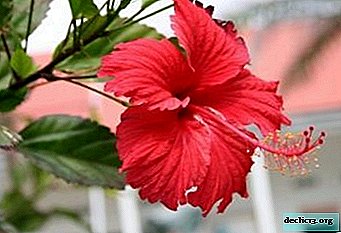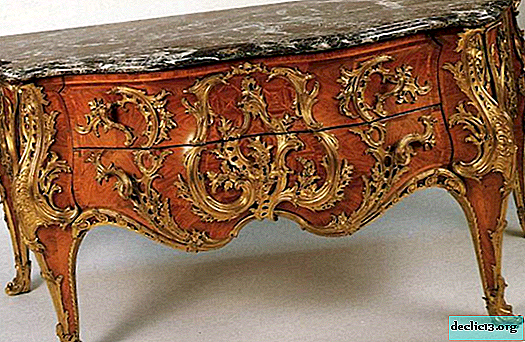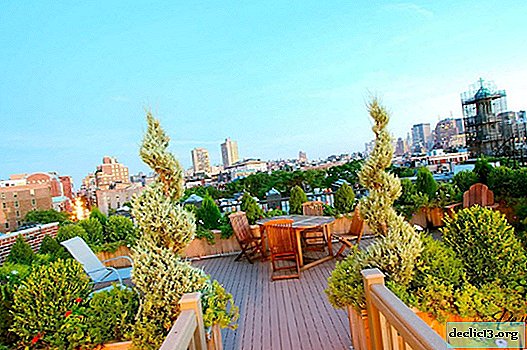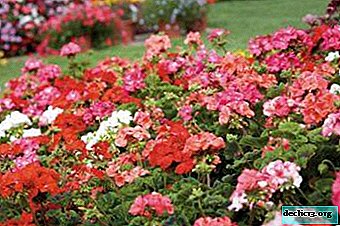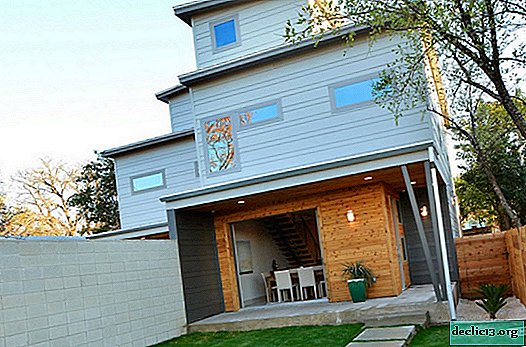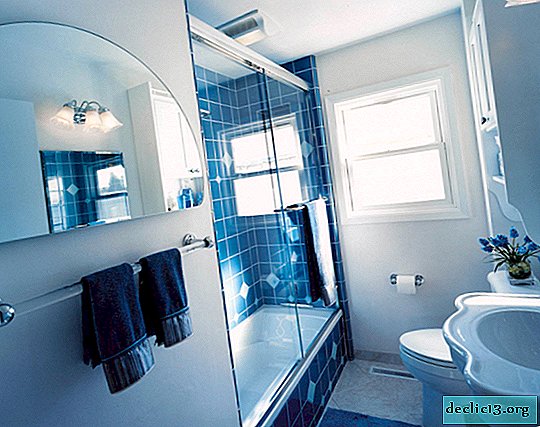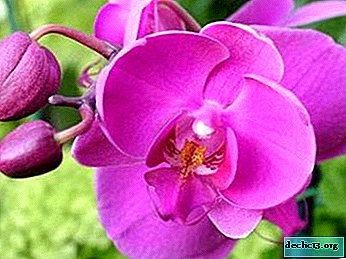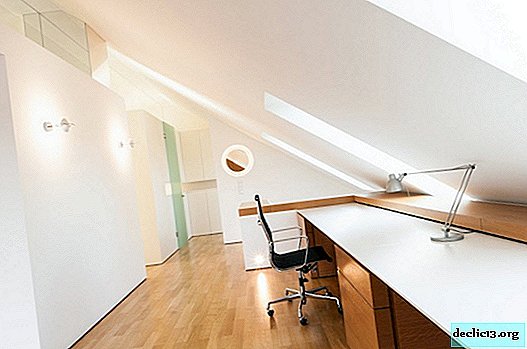The most common diseases of pelargonium and methods of dealing with them
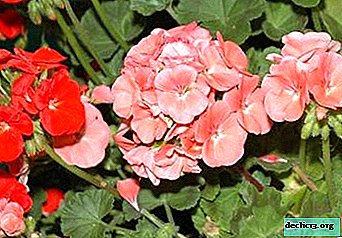
Pelargonium is one of the gardeners' favorite plants for home (and not only) cultivation due to its unpretentiousness and beautiful appearance.
But, despite this, many gardeners have various kinds of problems with its cultivation.
Further in our article we will talk in detail about which diseases / pests infect pelargonium and how to deal with them,
so that this flower pleases with its flowering.
Description and characteristics of the plant
Pelargonium is a plant incredibly popular in home gardening. Sometimes beginning gardeners mistakenly call various types of pelargonium geraniums, but in reality this is not very correct. All varieties of the Geranium family look like a bird's beak. Only geraniums are called those that are frost-resistant, and pelargoniums are thermophilic species.
Reference! Pelargonium is most often represented by a shrub or shrub that has straight, fairly strong shoots. Leaves can have the most diverse form, flowers are collected in neat decorative umbrella inflorescences.There are more than 300 varieties of pelargonium and each of them has one peculiarity: after the end of the flowering period on the plant, you can see small boxes with sepals, open below and resembling the appearance of a bird's beak.
Some of the varieties of pelargonium are used in cosmetology and perfumery.because they are a source of valuable essential oils. Of the large number of varieties, zonal (suitable for both the garden and home), ivy (especially appreciated by gardeners and landscape designers for their long curly shoots), fragrant (miniature fragrant bush, which is ideal for home cultivation), etc.
What is sick of geranium: diagnosis, causes and treatment, as well as a photo of diseases
Pelargonium is a wonderful plant, which, when properly maintained, pleases with luxurious flowers, but, unfortunately, sometimes gardeners do not really understand what care procedures he needs. As a result - the emergence of various diseases, to get rid of which is not so simple. Among the most common diseases of pelargonium include the following:
Verticillus wilting
The main sign of the presence of the disease - yellowing of leaves: first lower, after - all the rest, followed by their withering and blackening. Often even branches begin to wilt.
The reason for the spread is considered to be a long stay of pelargonium in one area: the problem is that the pathogen of the disease can remain viable for up to 15 years.
Treatment method: removal of all affected plants from the site and treatment of the rest with special preparations (Rovral, Fundazol, Gamair) in parallel with the removal of plant debris and planting of cuttings in a clean, sterilized substrate.

Gray rot
Sign of the presence of the disease: the appearance of brown spots, rapidly spreading over the entire surface of the plant, in some cases, a gray coating appears on the pelargonium (when the soil is excessively wet).
Reason for distribution: again, wrong care. In particular, excessively moist soil, frequent spraying, and high nitrogen content in the soil.
Treatment method: treating the plant with an appropriate fungicide at the first manifestation of the disease.

Rhizoctonia rot
Sign of the presence of the disease: the formation of dark spots with a depressed structure on the lower part of the stem, while flowering is absent.
Reason for distribution: excess moisture and fertilizer in the soil, insufficient light, too high air temperature.
Treatment method: cessation of irrigation and treatment of plants with fungicides.

Alternariosis
Sign of the presence of the disease: the appearance of brown spots with a light core on the leaf edges and petioles of the plant, yellowing of the foliage.
Distribution reason: insufficient ventilation and lighting in the room where the plant is located, as well as excessive watering.
Treatment method: fungicide treatment (Rate).

Rust
Sign of the presence of the disease: the appearance on the upper side of the leaves of small yellow spots with the simultaneous formation of black pustules on the back of the sheet clearly opposite the yellow spots. There is no flowering (for all the reasons for the lack of flowering pelargonium read here).
Reason for distribution: improper care: too warm temperature conditions and frequent watering.
Treatment method: timely treatment of the plant with fungicide, removal of the affected parts of the plant, a decrease in the level of humidity and the termination of spraying.

Late blight
Sign of the presence of the disease: the gradual wilting of pelargonium, the drying of its leaves, the appearance of spots on the roots of the plant.
The reason for the spread is: excessive humidity, plenty of fertilizer, too frequent watering, poor lighting and frequent planting.
Treatment method: treating the plant with fungicides and stopping watering during the treatment of the disease.

Modifications for other reasons
Unfortunately, sometimes with pelargonium unpleasant modifications that are not associated with diseases can occur. If your home flower has:
- Lower leaves turn yellow at the edges - generously feed the plant.
- Leaves acquire a reddish-red color - make sure that the plant is warm at night, add magnesium top dressing to the soil.
- There are no buds - the plant receives either too much fertilizing or too little sunlight (perhaps the air in the room is too warm).
- For some reason, the buds are drying - limit the amount of water entering the soil, provide drier indoor air.
- The plant looks like a fusiform - improve indoor lighting.
Pests: description of control methods and photos of the main species
In addition to various diseases, various pests can infringe on the health of pelargonium. Next, you will find out what pests happen and how they look in the photo:
Aphid
The leaves become kinky, with a strong defeat, sticky pest secretions are clearly visible on them.
Fight method: manual removal of the pest along with the affected parts of the plant; and treatment of the plant with a soapy solution.

Caterpillars
The leaves look like nibbling, in some places black bowel movements of the caterpillars are visible.
Fight method: manual collection of caterpillars, treatment of plants with biological insecticides.

Whitefly
White-winged insects about 3 mm long appear on the back of the leaves, which, when severely damaged, begin to turn yellow.
Fight method: arrangement of special sticky traps on the site, treatment of plants with preparations based on potash soap.

Ticks
Yellow specks appear on the leaves, over time, the green part of the plant dries out.
Fight method: at the first sign of the presence of a tick, treat the plant with mineral oil or a soap solution.
Ticks usually show the highest activity in hot and dry weather, therefore it is in the hot dry summer that special attention should be paid to pelargonium leaves.

Thrips
The appearance of cork growths on the back of the leaves, the deformation of young leaves, flower spotting.
Fight method: placement of sticky blue traps on the site, repeated treatment of plants with insecticides.

How to deal with advanced cases?
Speaking about neglected cases of diseases, we mean those when geranium is already at the stage of gradual dying. If the disease is fungal, then even in severe cases, special preparations and the destruction of all damaged parts of the plant should help.
If this is a virus, it will help to cope with the problem of transplanting a healthy part of the flower, but if the disease is of a bacterial nature, it is almost impossible to reanimate the plant: the only reasonable action that can be taken is to remove the affected parts or even the whole plant.
Prevention and care at home
If you follow agricultural technology and not get carried away in the process of caring for the plant, over-moistening it or over-fertilizing it with various dressings, the geranium will not hurt. It is also important to observe the temperature and light conditions. In this case, the probability of infection of the flower with fungi / infections will be minimal.
Reference. It is advisable to periodically carry out hygienic procedures, cleaning the leaves from dust with ordinary dry wipes moistened with water. Handle the leaves with great care.As a prevention of any of the diseases, a few simple rules should be followed:
- Planting is carried out in a disinfected and fairly loose soil.
- In no case do not keep the plant in one place or in the same soil for too long.
- Carefully monitor the quality of fertilizers and control their quantity.
- Do not over-moisten the soil, keeping the soil only moderately moist.
- Observe the temperature and light conditions, providing the flower with the optimal amount of light and fresh air.
- At the first signs of the disease, it is necessary to carry out its treatment with special drugs.
That's all there is to know about the diseases of pelargonium, as well as how to deal effectively with them. Good luck
Watch a video about the prevention of diseases in pelargonium:

